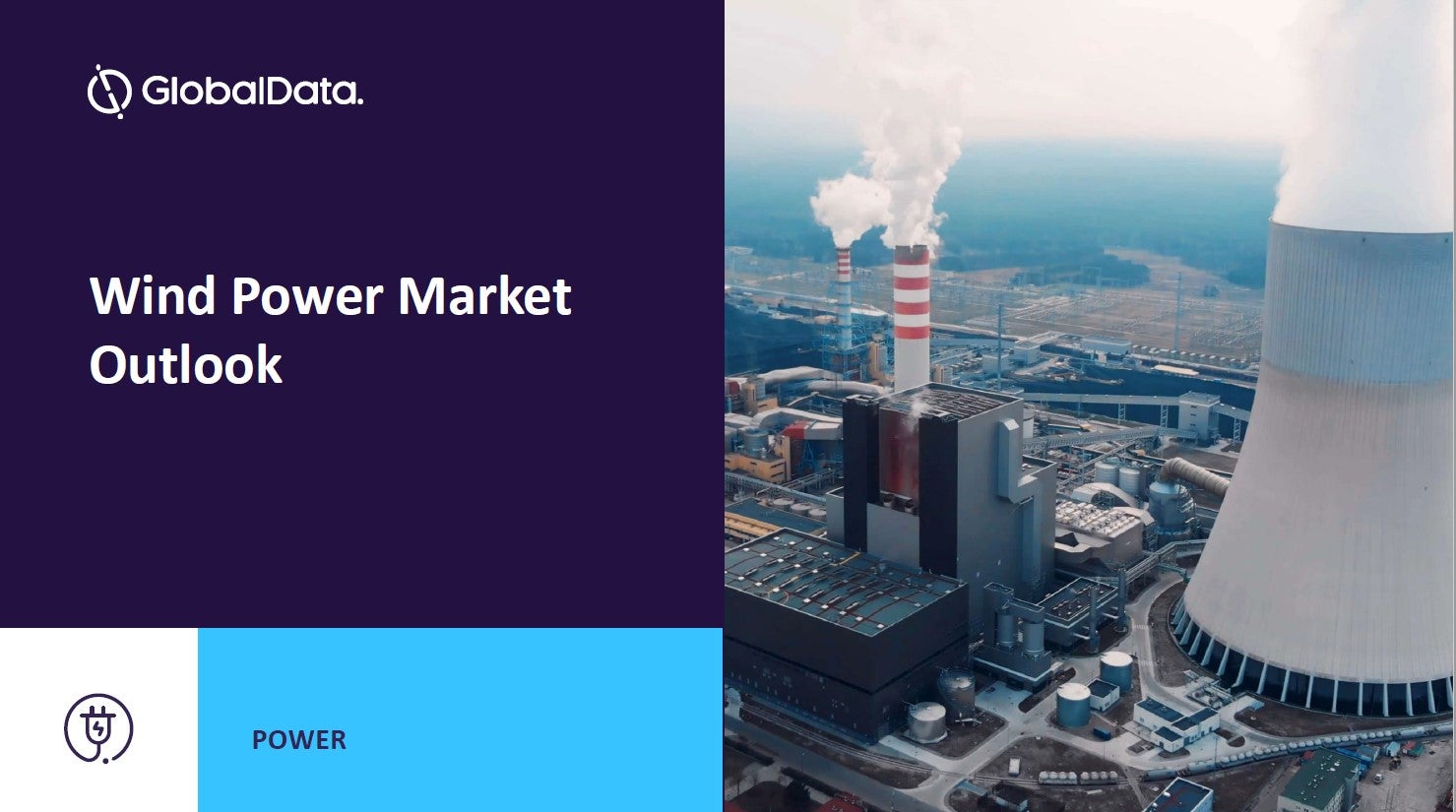Liivi Laht Offshore Wind is a 1,000MW offshore wind power project. It is planned in Gulf of Riga, Estonia. The project is currently in permitting stage. It will be developed in single phase. Post completion of the construction, the project is expected to get commissioned in 2030.
| Project Type | Total Capacity (MW) | Active Capacity (MW) | Pipeline Capacity (MW) | Project Status | Project Location | Project Developer | Offshore | 1,000 | – | 1,000 | Permitting | Estonia | Eesti Energia |
|---|
Description
How well do you really know your competitors?
Access the most comprehensive Company Profiles on the market, powered by GlobalData. Save hours of research. Gain competitive edge.

Thank you!
Your download email will arrive shortly
Not ready to buy yet? Download a free sample
We are confident about the unique quality of our Company Profiles. However, we want you to make the most beneficial decision for your business, so we offer a free sample that you can download by submitting the below form
By GlobalDataThe project is being developed by Eesti Energia.
The project is expected to generate 3,500,000MWh of electricity. The project will be spread over an area of 183km².
The wind power project consists of 160 turbines.
Development Status
Post completion of the construction, the project is expected to get commissioned in 2030.
About Eesti Energia
Eesti Energia AS (Eesti Energia) is a state-owned energy company that operates in the gas and electricity markets. It also operates in the international liquid fuels market. It carries out mining of oil shale, production of oil, power and heat, and development of oil shale refining know-how and technologies. The company produces electricity from oil shale, water, wind, biogas, sunlight, biomass, and mixed household waste. Eesti Energia markets liquids fuels to heat producers, energy businesses, chemical businesses, road builders, agricultural producers, production businesses, producers and sellers of marine fuels, and refiners of crude oil. It sells electricity to the retail customers in Baltic region and Poland. The company has presence in Estonia, Finland, Sweden, Poland, Latvia, Lithuania, and Jordan. Eesti Energia is headquartered in Tallinn, Estonia.
Methodology
All power projects included in this report are drawn from GlobalData’s Power Intelligence Center. The information regarding the project parameters is sourced through secondary information sources such as electric utilities, equipment manufacturers, developers, project proponent’s – news, deals and financial reporting, regulatory body, associations, government planning reports and publications. Wherever needed the information is further validated through primary from various stakeholders across the power value chain and professionals from leading players within the power sector.




